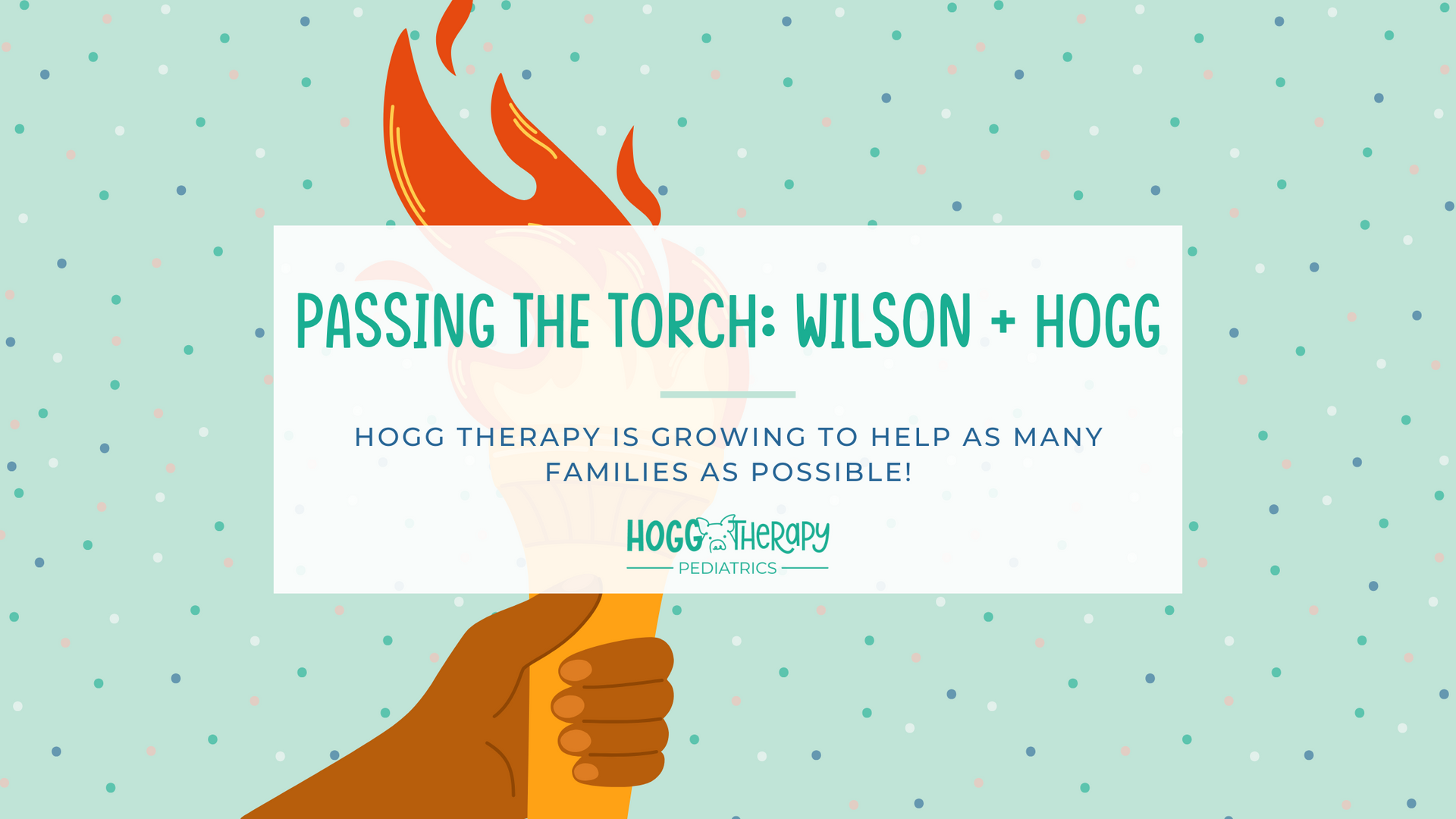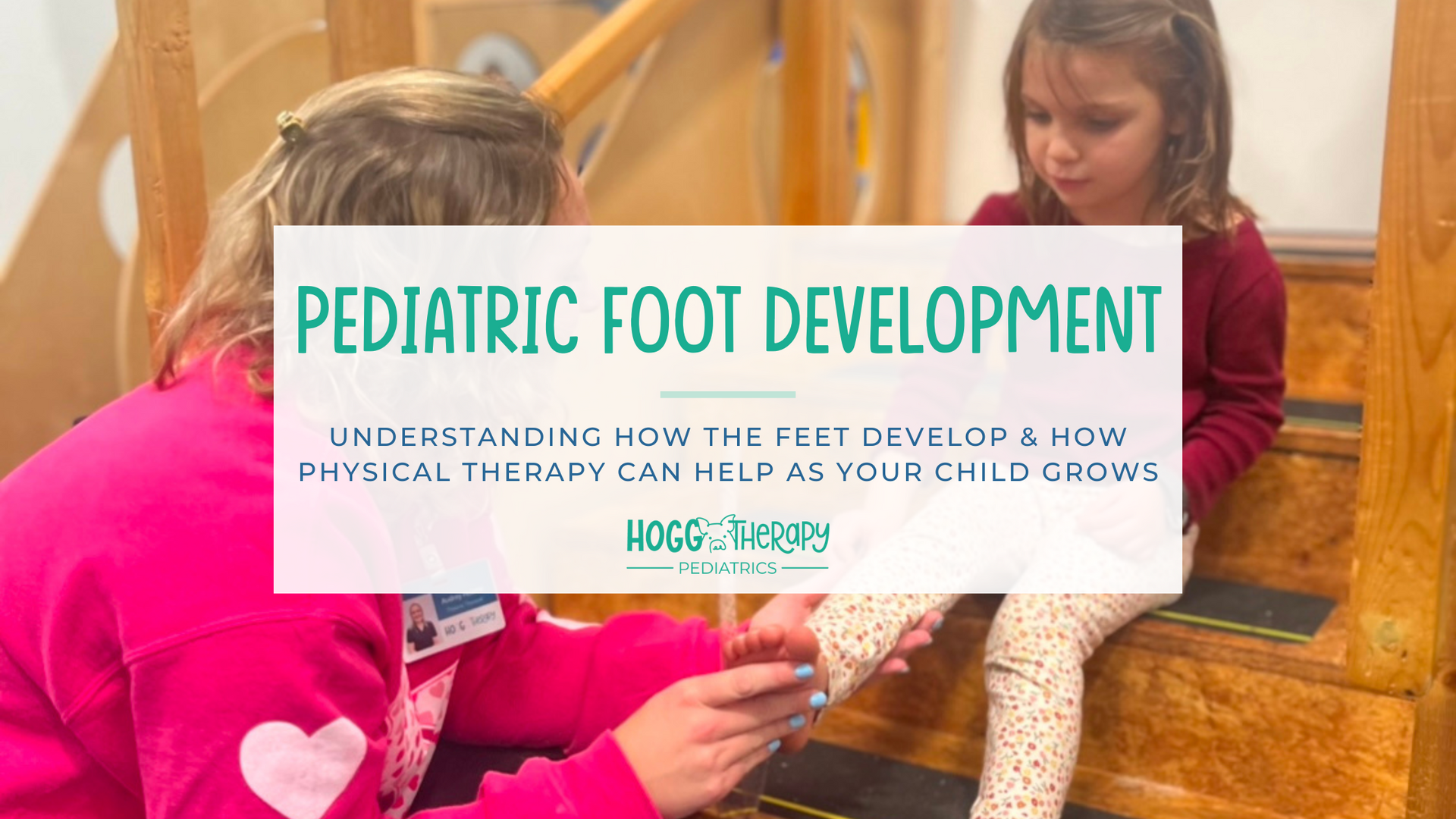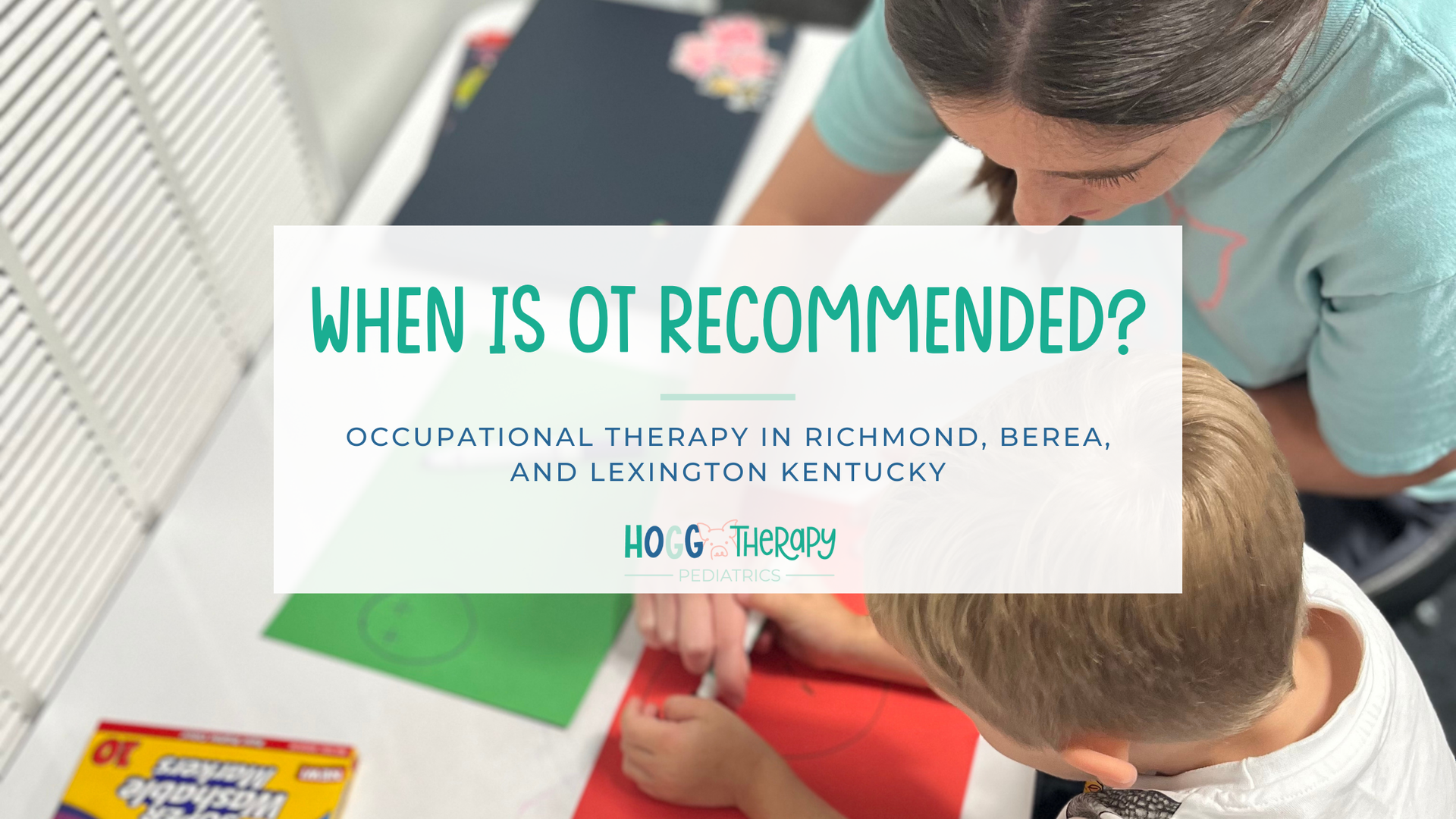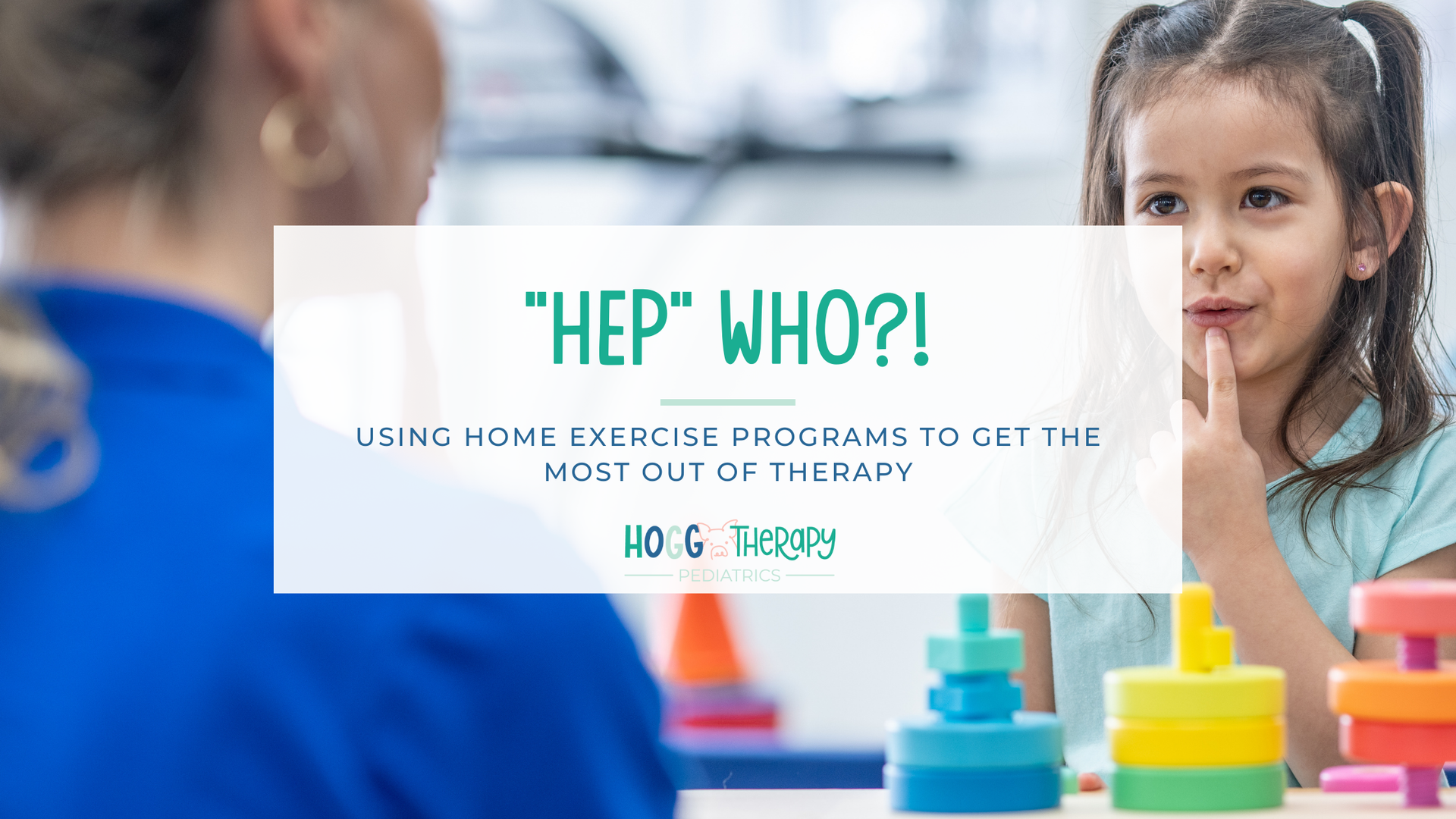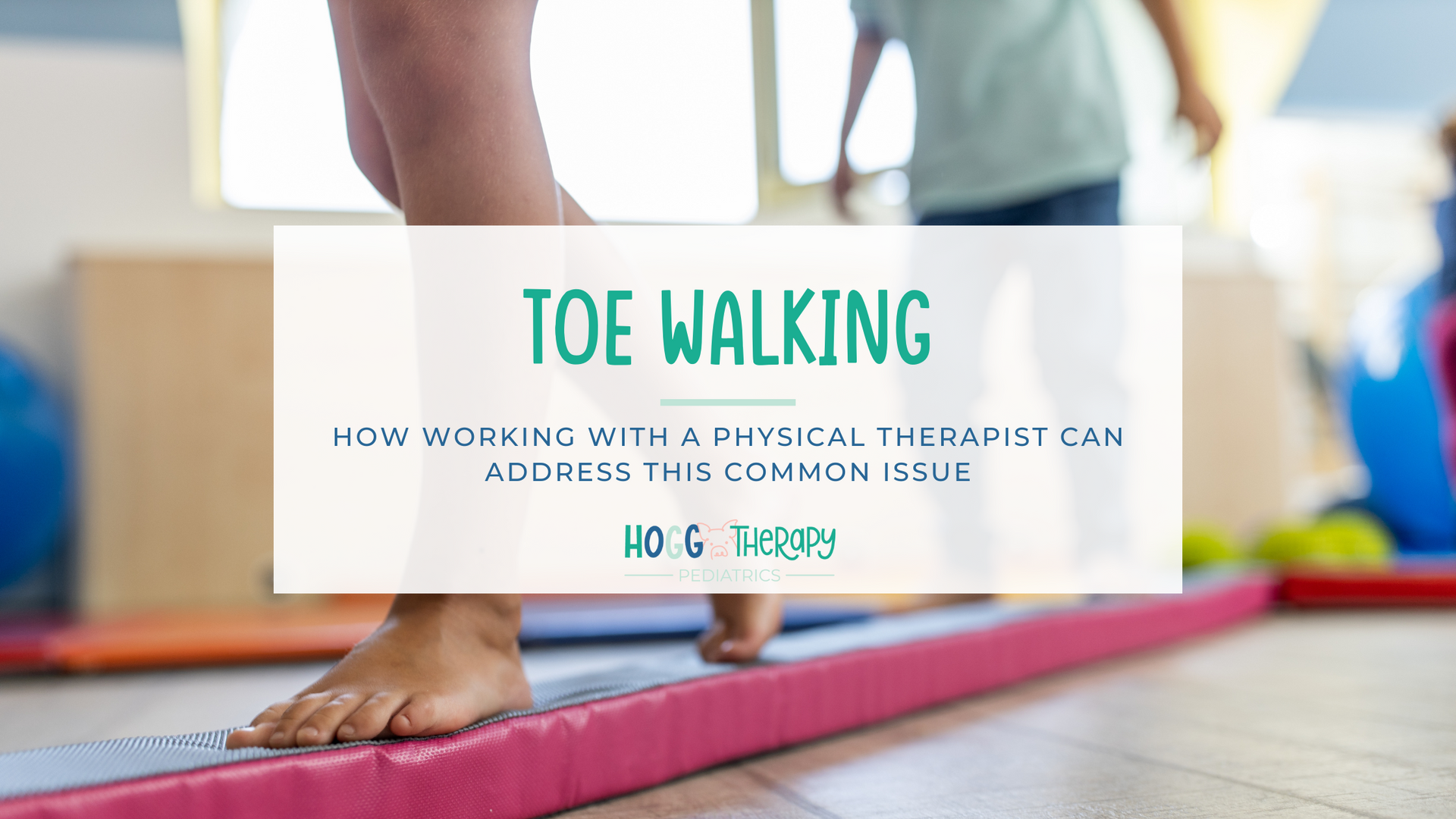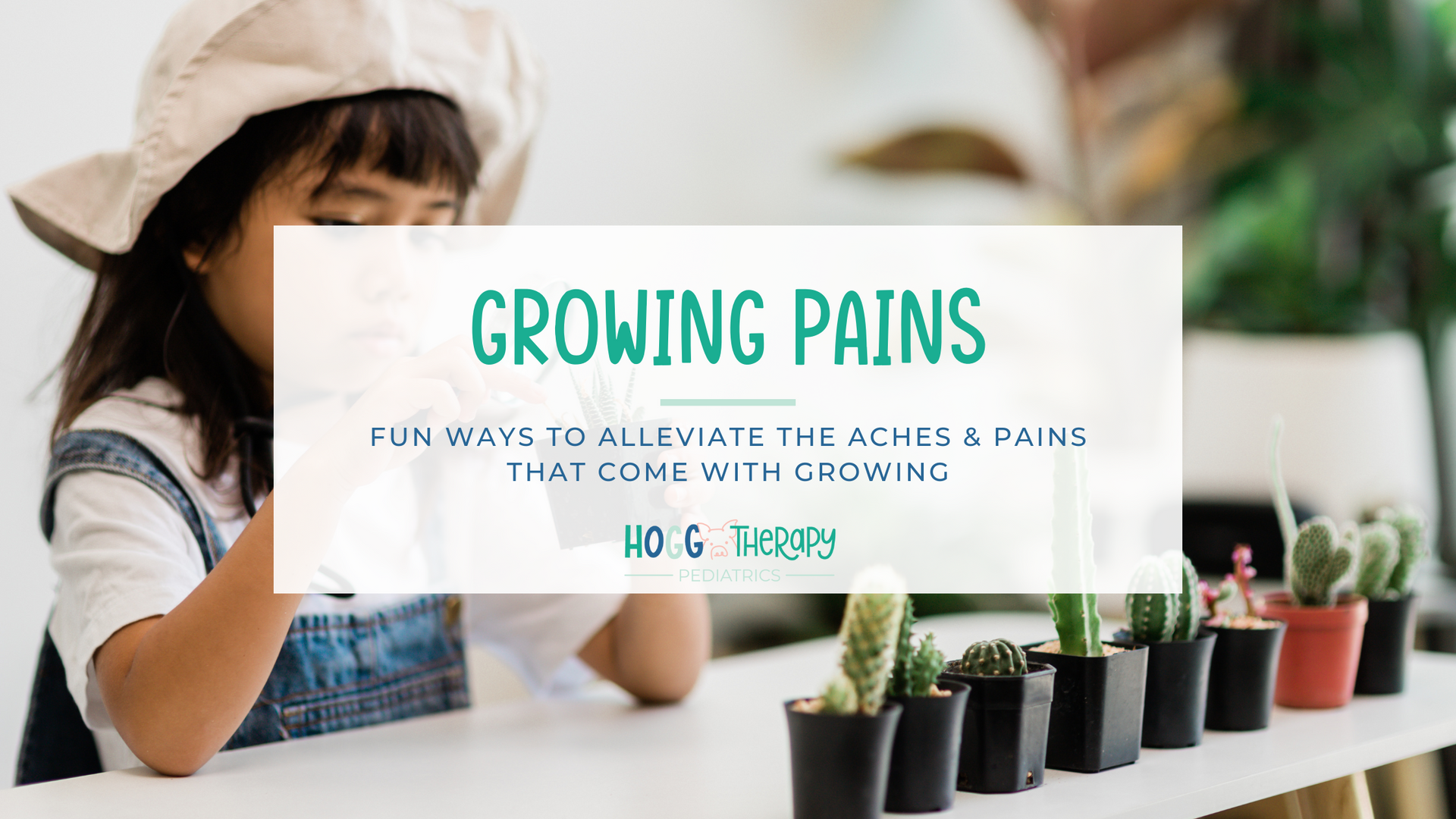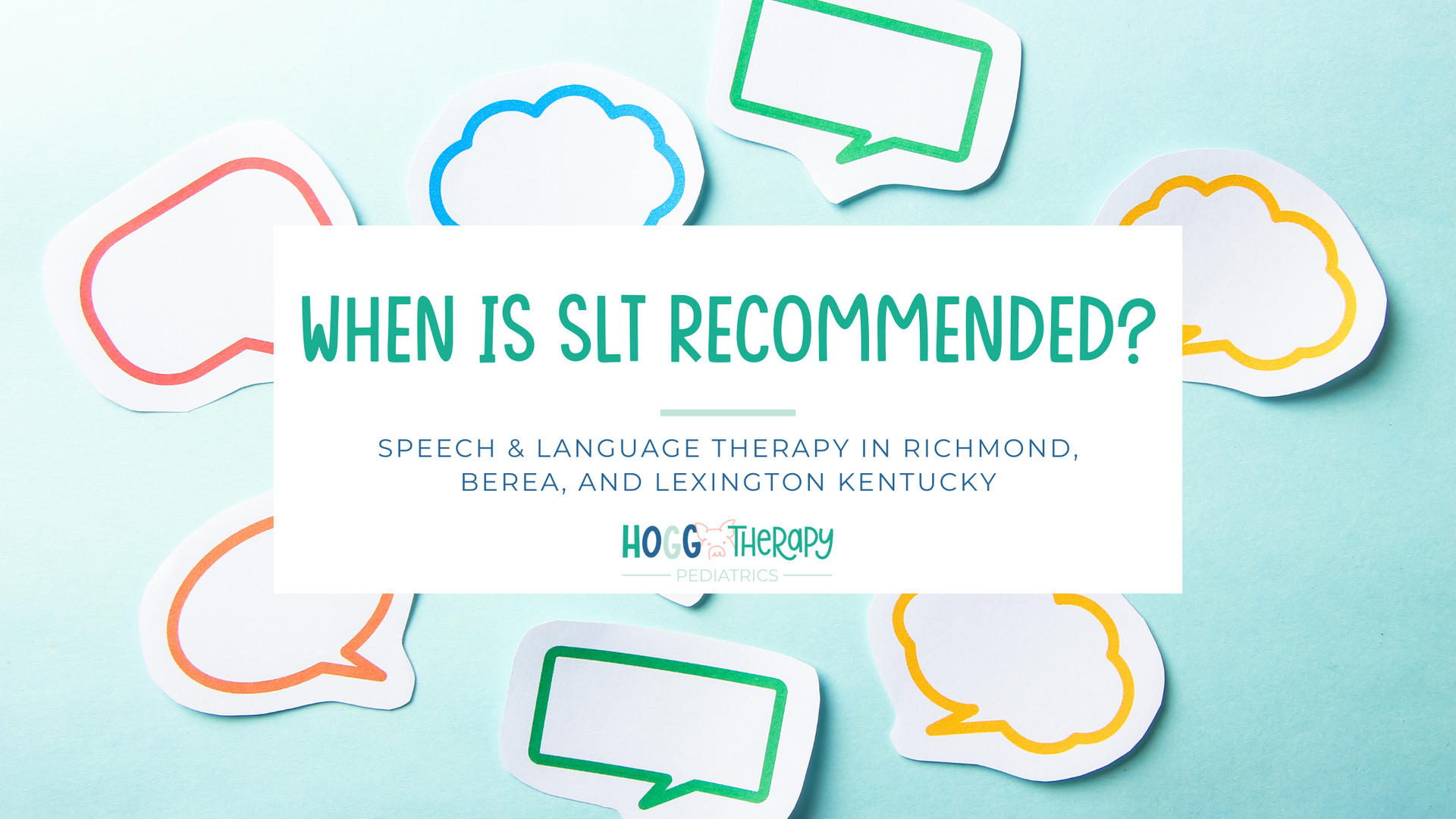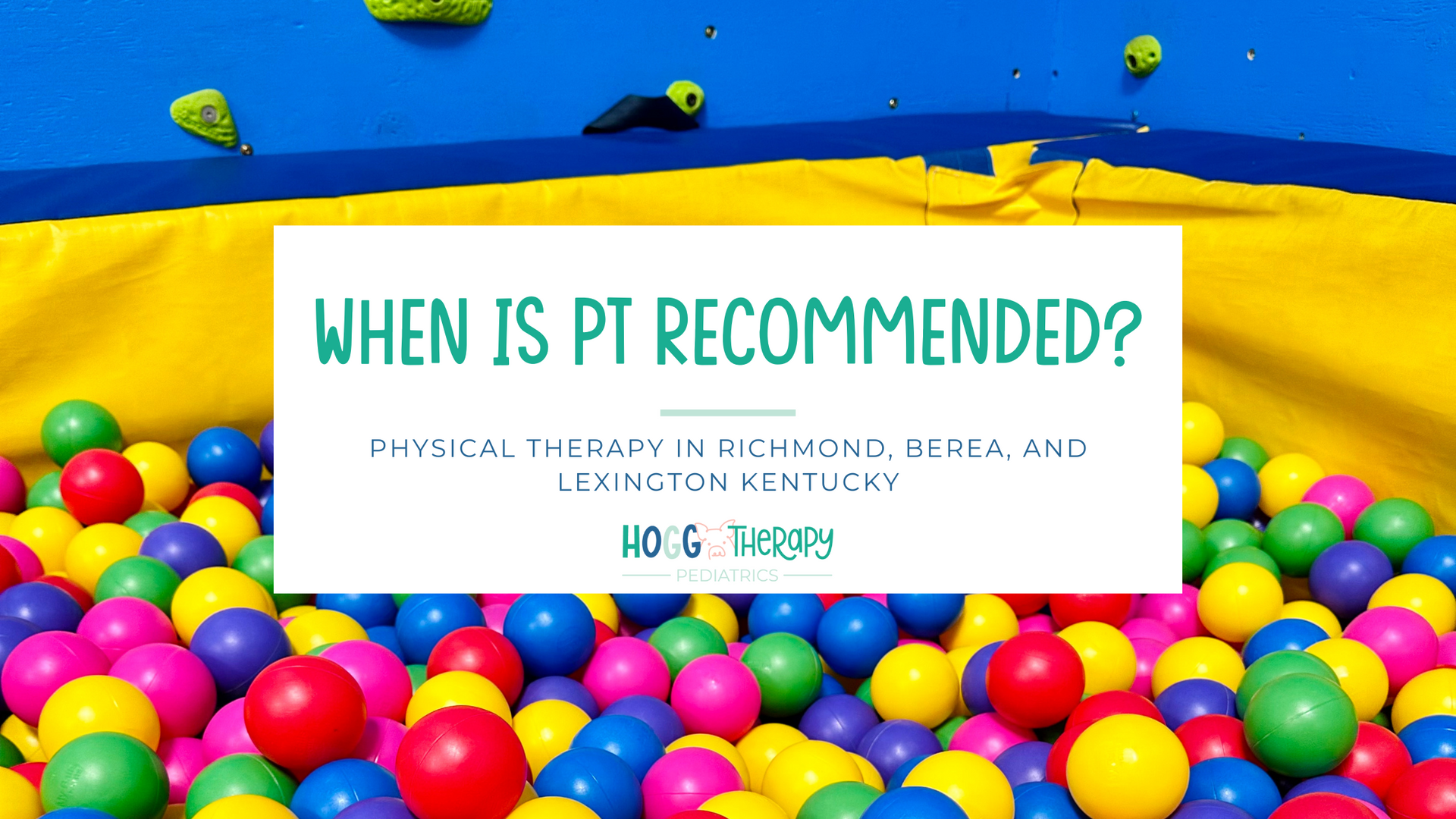Gravitational Insecurity: What It Is + At-Home Tips
Liana Bucciarelli, MS, OTR/L
What is gravitational insecurity? Well, it has to do with a child’s vestibular system. Wait… What in the world is a vestibular system? These are some big and confusing terms, so let’s break it down.
What is gravitational insecurity?
Gravitational insecurity is a fear or overreaction shown by children who have an altered sensory system caused by impairments in their vestibular system. Any time the child’s feet leave the ground or their head position changes it causes a fight-or-flight (or fear) reaction because it throws off their entire awareness of where their body is positioned in space. You may also see them requiring extra time to problem solve or move as they adjust to the change in position. Because all of your sensory systems work together, including the vestibular system, having an impairment in one may cause impairments with the others and with achieving developmental milestones.
What is the vestibular system?
The vestibular system is a part of your sensory system that provides information on the position of your body in space. It is responsible for controlling balance, perceiving motion, and keeping your head upright despite changes in position and posture. Impairments in the vestibular system will cause a child to lose their sense of body awareness anytime their head is moved in any direction other than upright and center, causing fear and anxiety by not knowing where their body is in space, much less how to move or coordinate it.
What causes gravitational insecurity?
A few causes of gravitational insecurity may be:
- Frequent ear infections and/or tubes in ears
- Any hearing or vision loss
- Traumatic birth or injury (car accident)
- Sensory integrative dysfunction
- Any damage to inner ears from birth or injury
What signs should I look for in my child?
The biggest indicator is if your child has been delayed in reaching any of their developmental milestones. Some other signs to look for include:
- Delayed speech
- Frequent falling/clumsiness
- Poor or no safety awareness (no sense of danger)
- Hesitancy or refusal to engage in gross motor activities (example: refusal to play at recess)
- Wanting to be constantly held and/or needing to hold hands to climb stairs
- Appearing unmotivated or unengaged although they are capable
- Difficulty or refusal going bathroom on the toilet
- Refusal to sit in any chairs even to eat
- Requiring extra time to complete an activity especially if it’s new
- Difficulty grading the amount of force used when playing with others (often being “too rough”)
- Avoidance of stairs, climbing on playground equipment, playing with others at recess
- Inability to sit upright for normal periods of time (lays head on desk, puts feet on chair, lays on ground)
- Tantrums/reactions disproportionate to the problem for no apparent reason
- Refusal to sit in a chair for long periods of time
How is it treated?
Treatment includes occupational therapy, physical therapy, and increasing movement at home. The main focus is on causing frequent changes in head position because it requires the child to adapt to the change of movement. It also requires continuous exposure to new or non-preferred activities and practice. Activity ideas include: working on various surfaces and heights (chalk board, easel, laying on floor to do work), balancing on one leg, balancing on one leg with eyes closed, walking across a balance beam, going down the slide, swinging, crawling through a tunnel, going on a scavenger hunt, rolling down a hill, running, walking backwards, trial-and-error, scootering, climbing, yoga, spinning, riding a bike, doing somersaults, pulling or riding in a wagon, and placing a stool underneath the child's feet at potty/mealtime/school for increased feeling of security.
If you have any questions or concerns about your child’s development, please visit our website or give us a call at 859-353-3666. Our therapists would love to help!
Follow us on instagram!
Berea Location
Berea, KY 40403
Tel:
(859) 353-3666
Fax: (859) 448-7077
Richmond Location
Richmond KY 40475
Tel:
(859) 353-3666
Fax: (859) 448-7077
Lexington east
Website Designed by Creekmore Marketing

